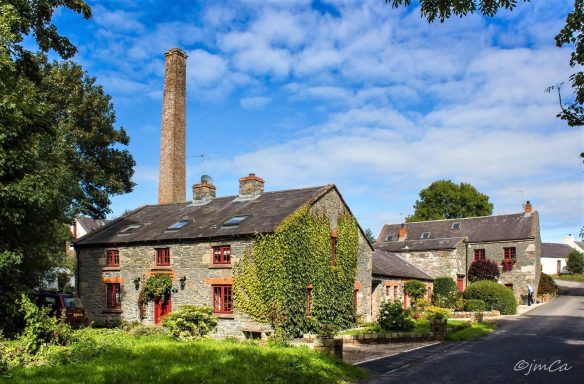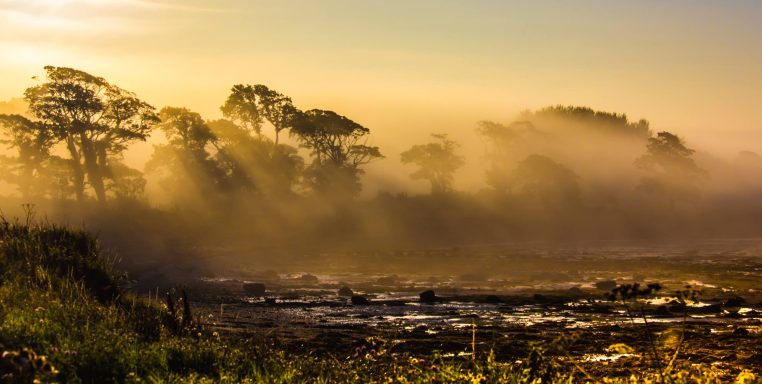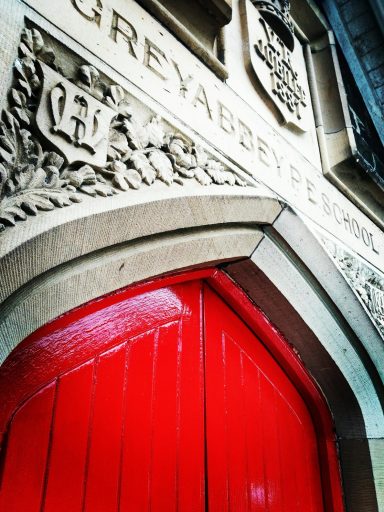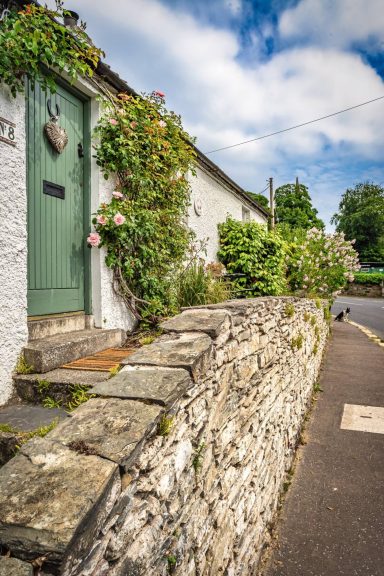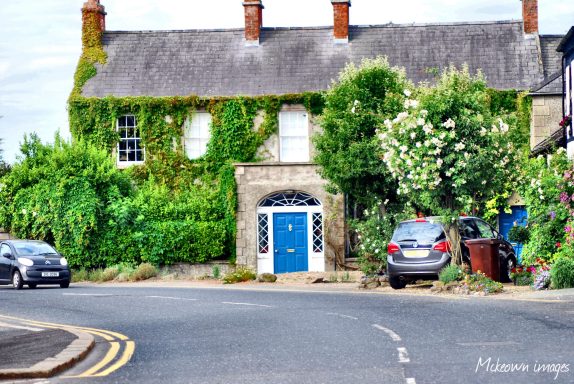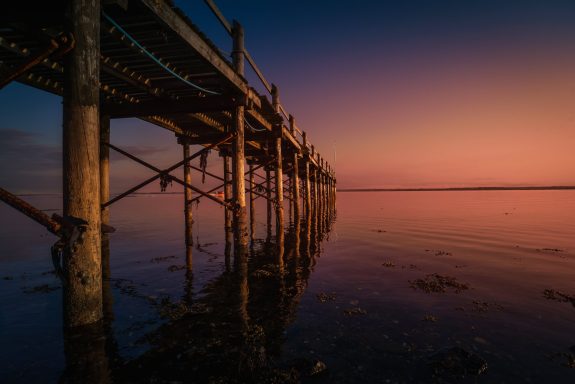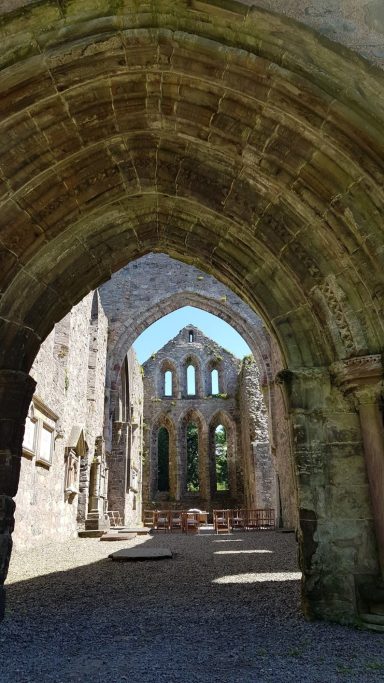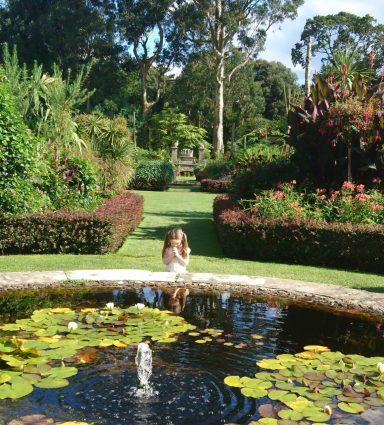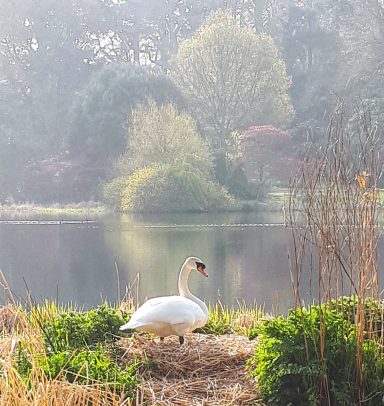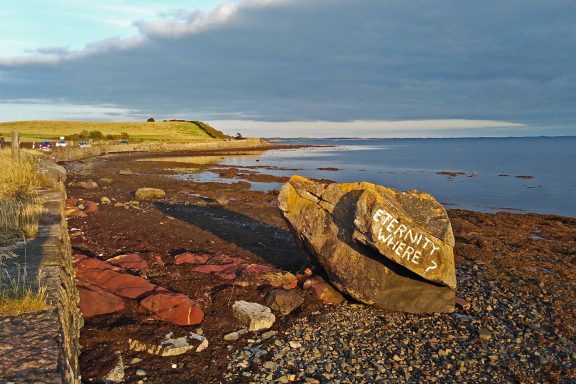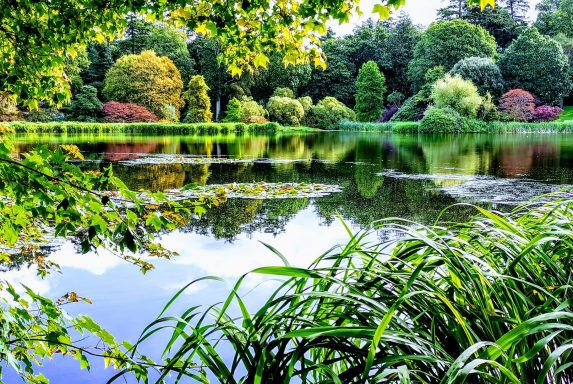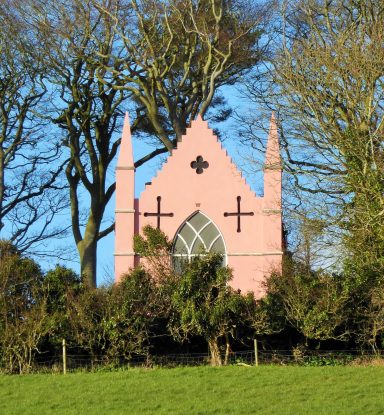Greyabbey
Step back in time,...
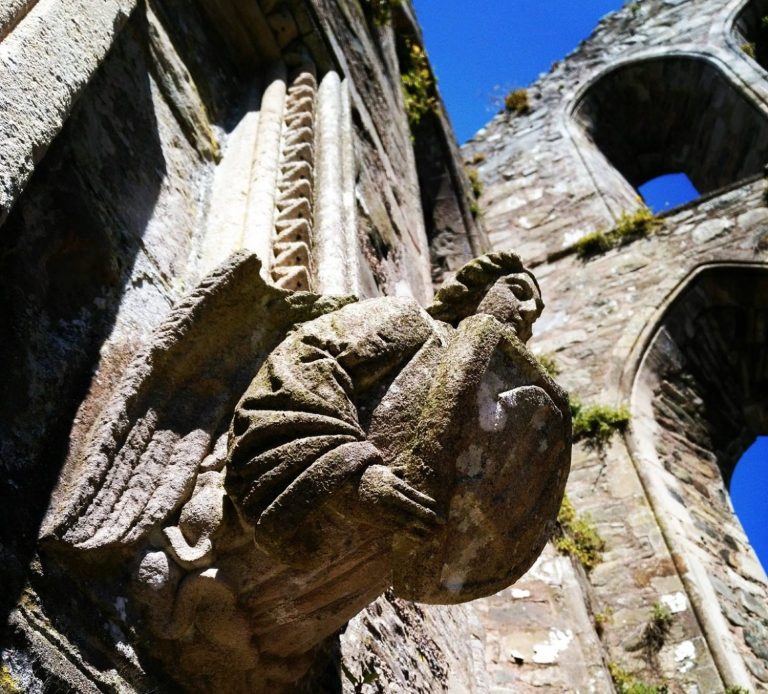
A walk through history
Outstanding scenery, and a rich and rare history waiting for you to explore
Greyabbey is a popular destination for antique-hunters who come from far and wide to explore the numerous little antique shops in the village; and it is the occasional location for BBC antique programmes, period dramas and films.
The village is home to the Montgomery family, one of the original Ulster-Scot planters of 1606. The Montgomery family still lives in Grey Abbey House, and you can see the entrance to the estate at the rear of the carpark beside the little primary school.
Don't forget to visit the Grey Abbey - it's not just a pile of ruins, it is perhaps one of the most important ecclesiastical sites in Ireland.
Greyabbey enjoys a good choice of restaurants; and the Grey Abbey remains are an excellent and interesting location for picnicking.
There is a carpark at the Grey Abbey, another beside the primary school, and a third carpark just past Orange Tree House as you leave the village by the coast.
Places worth visiting nearby
These are just a few of the interesting places waiting for you to explore in and around Greyabbey

The Grey Abbey
Greyabbey is considered to be the best example of Anglo-Norman Cistercian architecture in Ulster, and was the daughter house of Holm Cultram (Cumbria).
It was founded in 1193 by Affreca, wife of John de Courcy, the Anglo-Norman invader of East Ulster. Poor and decayed in the late Middle Ages, the abbey was dissolved in 1541, but in the early 17th century was granted to Sir Hugh Montgomery and the nave was refurbished for parish worship until the late 18th century.
The remains, in the beautiful parkland setting of the nearby grand residence of Grey Abbey House, consists of the church with cloister and surrounding buildings to the south.
There is a small visitor centre with displays at the entrance and a reconstructed medieval physic (herb) garden.
Friends of the Abbey provides guided tours of the ruins and physic garden; for more information they can be contacted by tapping here

Grey Abbey House
Overlooking Strangford Lough, Grey Abbey House and its gardens benefit from a temperate climate which supports a plethora of unusual flora and fauna.
The Estate also owns three islands on the Lough which are leased to the National Trust.
The ruins of the Cistercian Abbey lie adjacent to the estate's grounds.
Church Hill, to the south of the Abbey, is believed to be one of the first landscaped parks in Ireland.
Grey Abbey House and estate is a private residence, and may only viewed by special arrangement with the Montgomery family.

Grey Abbey Graveyard
This graveyard is just outside the abbey grounds. It is densely packed with headstones and contains a large number of eighteenth century stones.
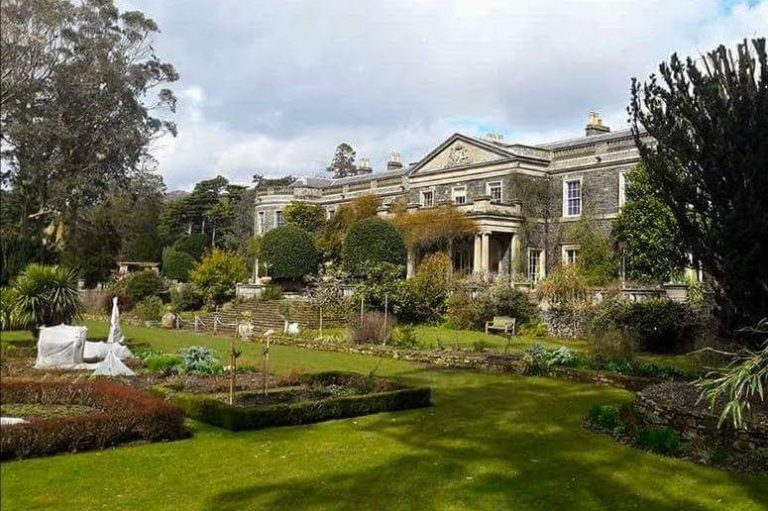
Mount Stewart
Mount Stewart is one of the most inspiring and unusual gardens in the National Trust's ownership. The garden reflects a rich tapestry of design and great planting artistry that was the hallmark of Edith, Lady Londonderry. The mild climate of Strangford Lough allows astonishing levels of planting experimentation. The formal areas exude a strong Mediterranean feel and resemble an Italian villa landscape; the wooded areas support a range of plants from all corners of the world, ensuring something to see whatever the season.
The house has now re-opened after a 3-year restoration project, bringing back the elegance and charm of the house when it was home of the 7th Marchioness Edith, Lady Londonderry and her family in the early 20th century.

Swan Hole
Just a couple of hundred yards south of the village, following the shore road, you come across a manmade causeway. This causeway was constructed as a public works programme, funded by the Montgomery family during the Great Irish Famine; this project provided much-needed employment to the local community during these difficult times, and the causeway remains an main arterial route for the peninsula.
This causeway cut across a natural inlet, which has become a fine little lake. The lake is popular with waterfowl, and in recent years up to 30 swans can be seen bobbing about at any one time.

Ancient Fish Traps
On the shores of Greyabbey Bay, at low tide you can still clearly make out the remains of the stone walls that made up an extensive arrangement of fish traps.
Many of these date back to neolithic period, and were widely used during the medieval period when the Grey Abbey was at its height.
It is believed that the A20 causeway that creates the Swan Hole was also once a walled fish trap, which was developed into a road during the 1845-48 famine years as work relief for the local community.
At an [undisclosed] location on the mudflats, at low tide you can examine the fragile remains of a neolithic dugout canoe which remains stuck in the mud.
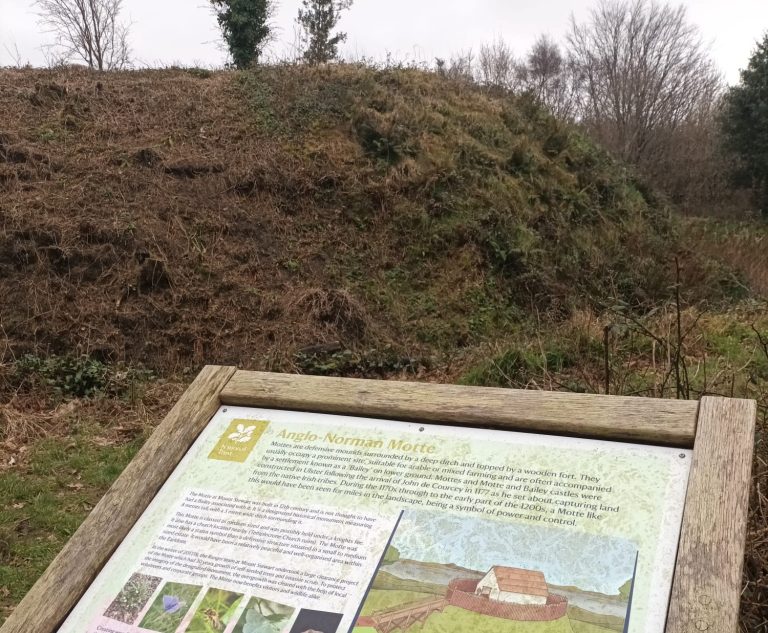
Anglo-Norman Motte
If you happen to be tramping about the grounds of Mount Stewart, it is worth stretching your legs a little further to find this superbly preserved 12th century motte.
It is in such good condition that it could be mistaken for a folly: the 5-metre ditch has retained its form over the centuries, and the motte still stands proud at 8-metres high.
Similar in design but smaller and more accentuated than a typical Bronze-age ringfort, mottes are defensive mounds surrounded by a deep ditch, usually topped by a wooden fort.
This one is not as impressively large as the one at Dundonald, but it is surely worth taking time to find.
You can find it in the woods, roughly 1.5km north-west from the Mount Stewart House car park (ask a National Trust guide to direct you).
Or, on your SatNav, try 54.555406, -5.583880
Gallery
Directions
Greyabbey is located on the Strangford Lough coast of the Ards Peninsula, between Newtownards and Kircubbin.
We need your consent to load the translations
We use a third-party service to translate the website content that may collect data about your activity. Please review the details and accept the service to view the translations.
